Check out before these deals are gone!
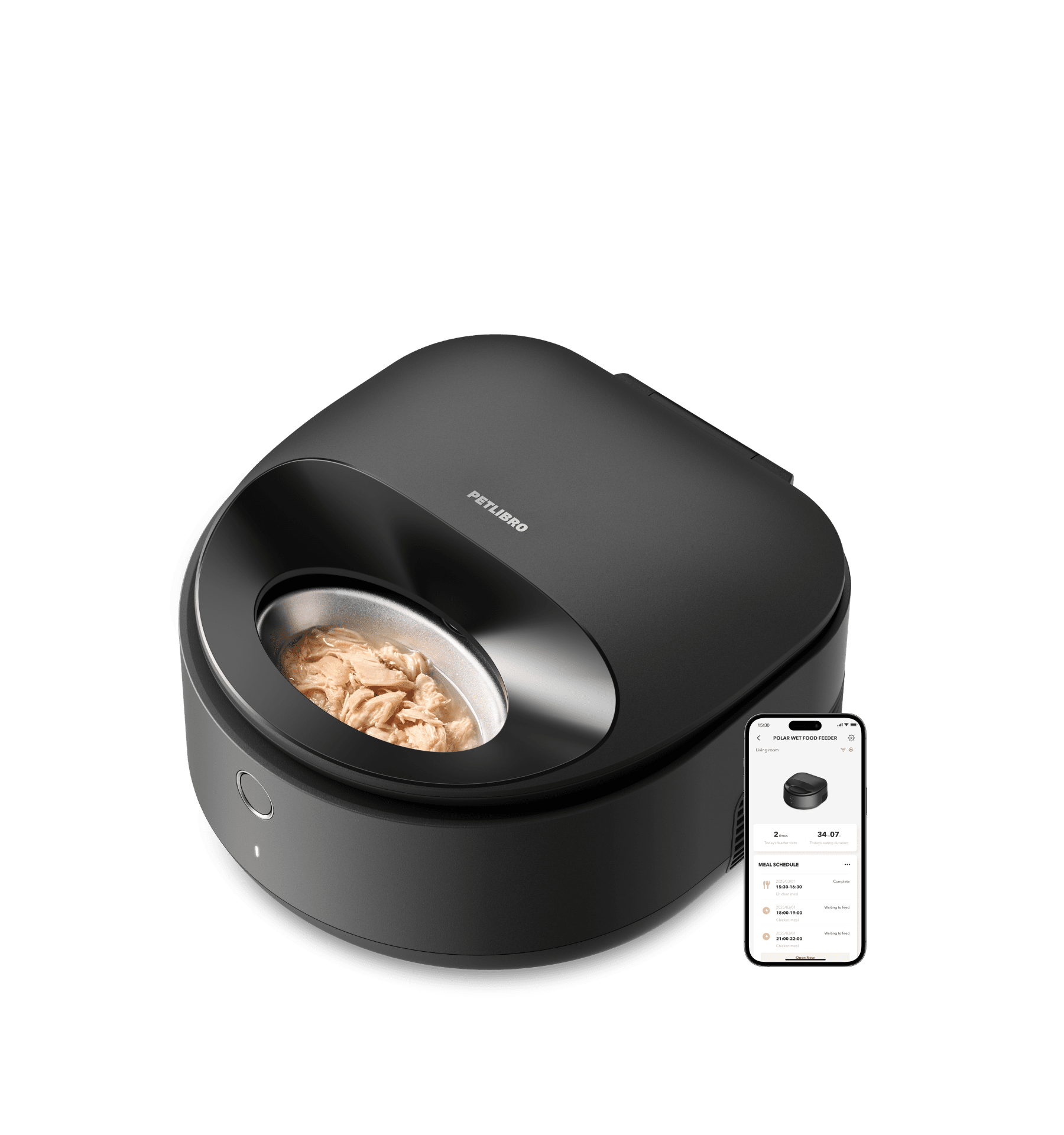
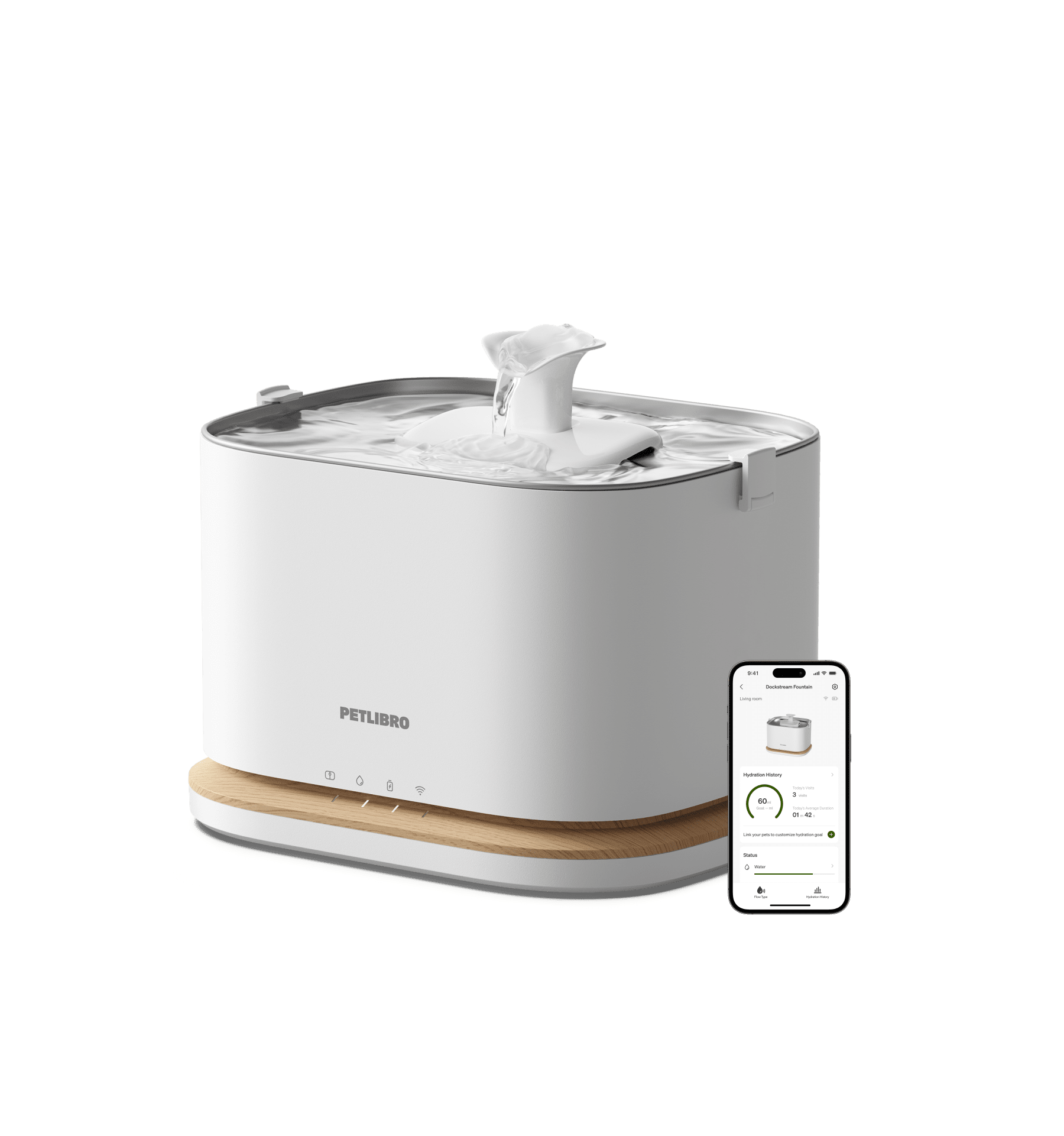
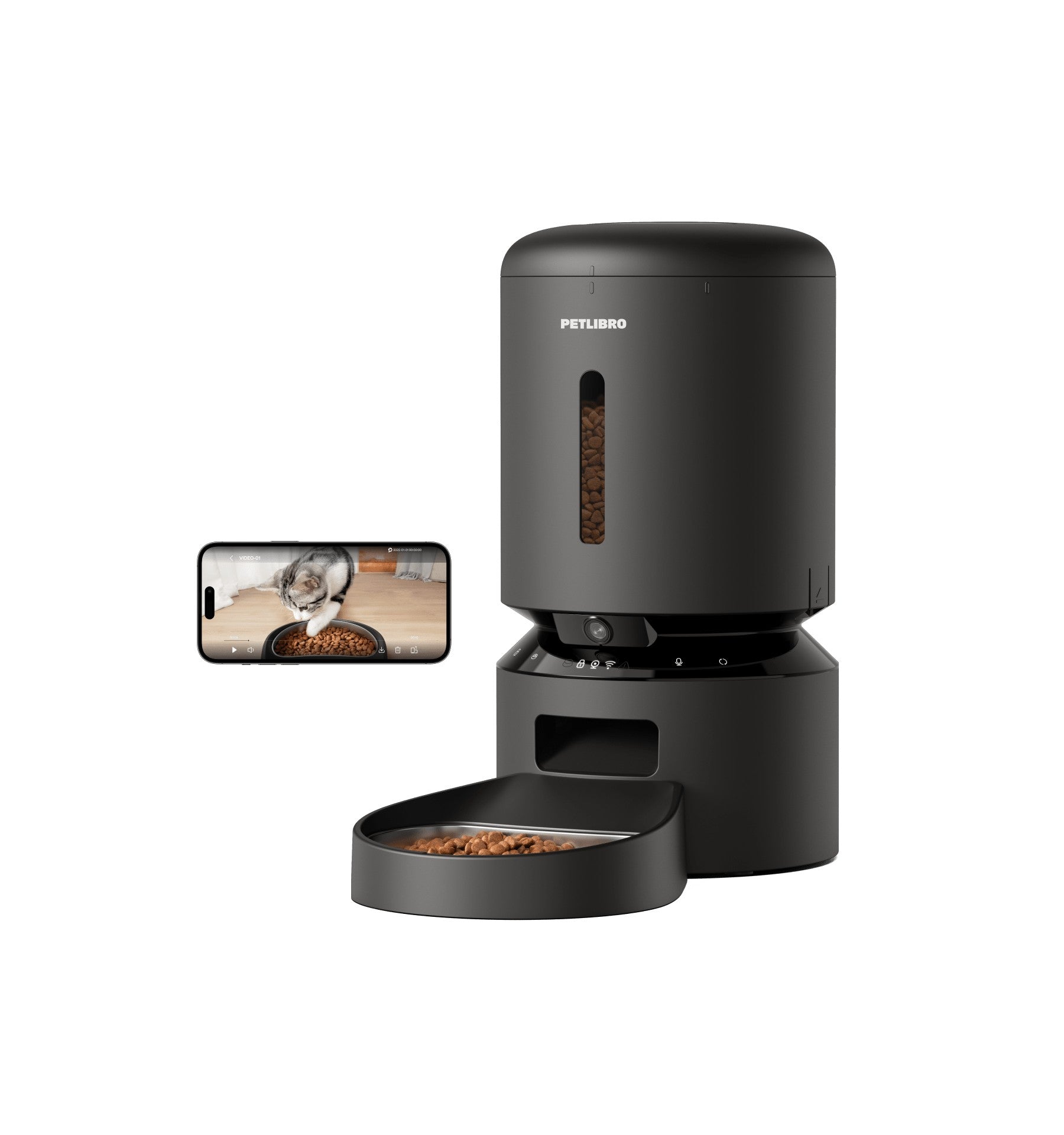
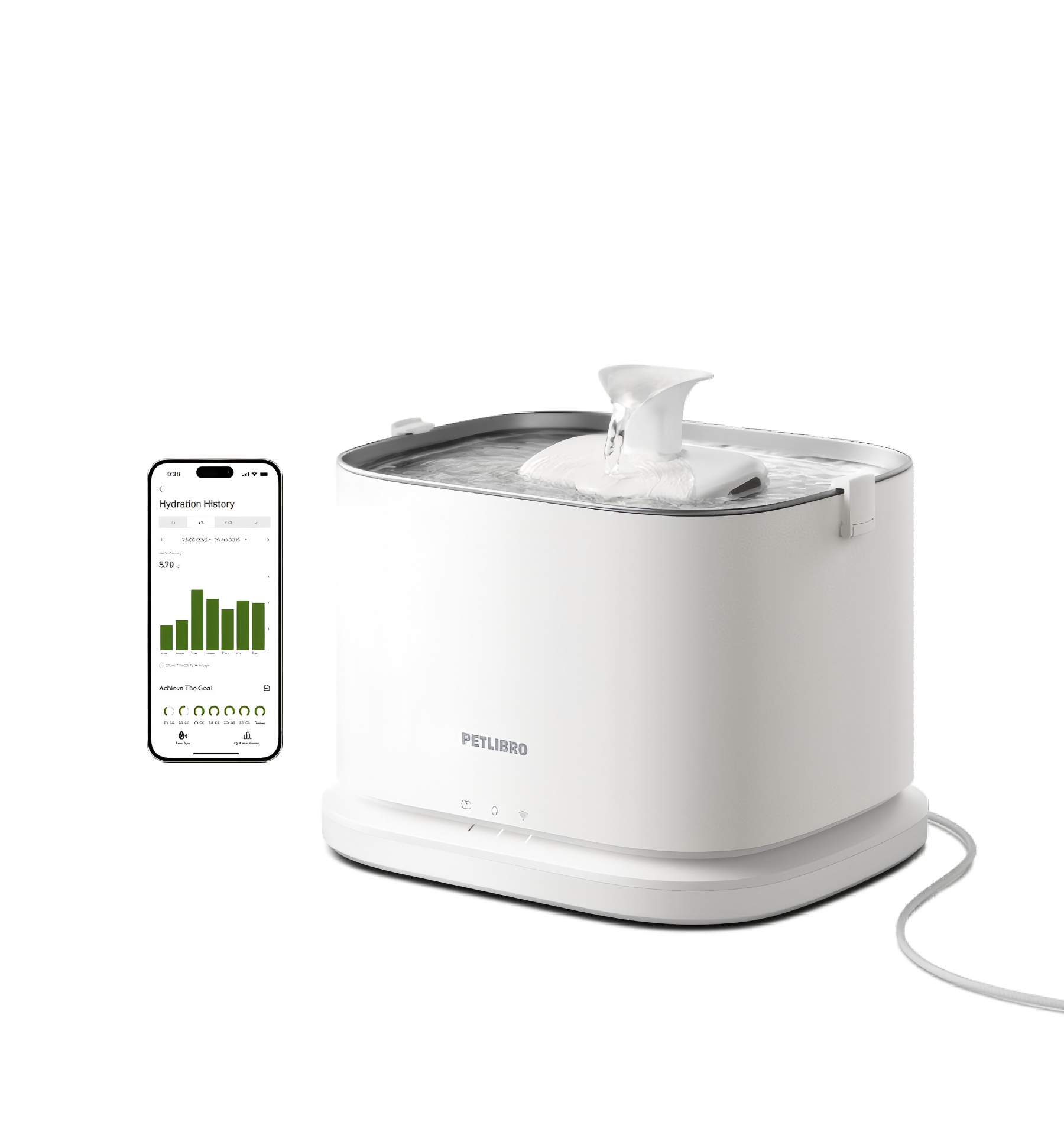
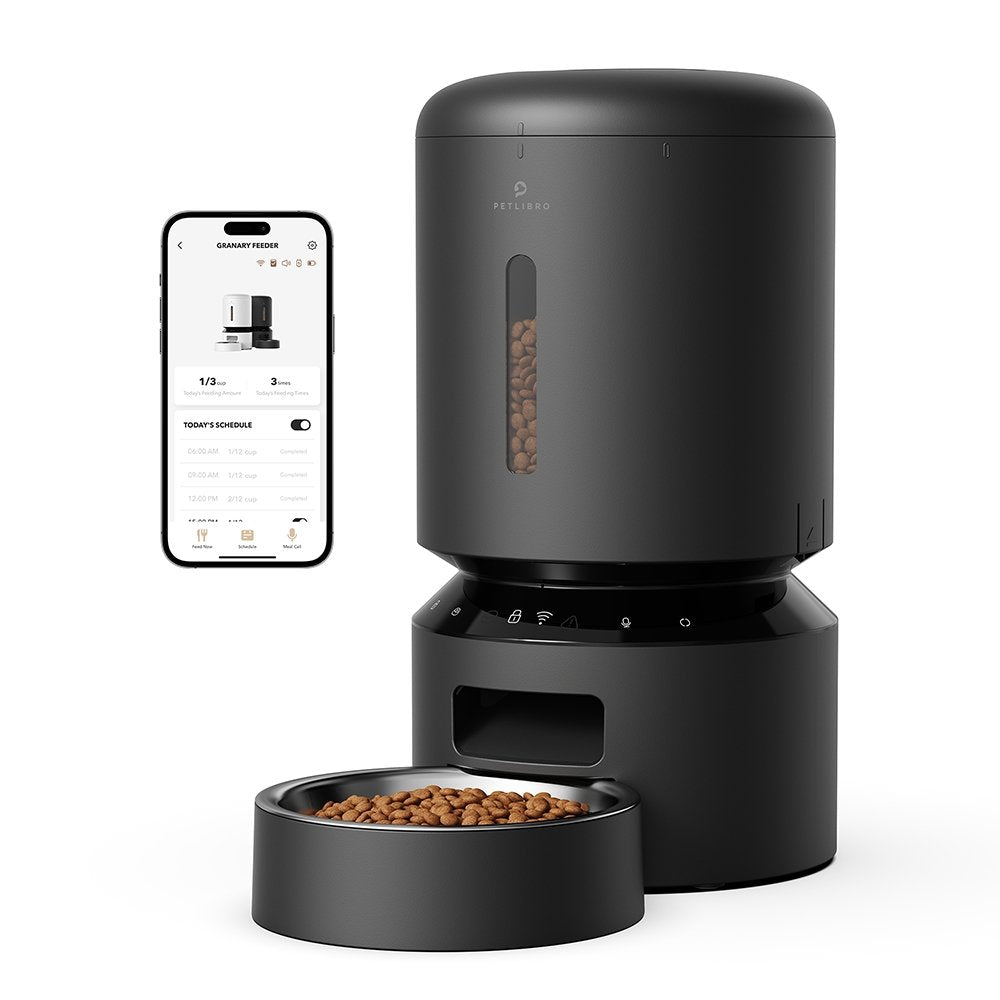
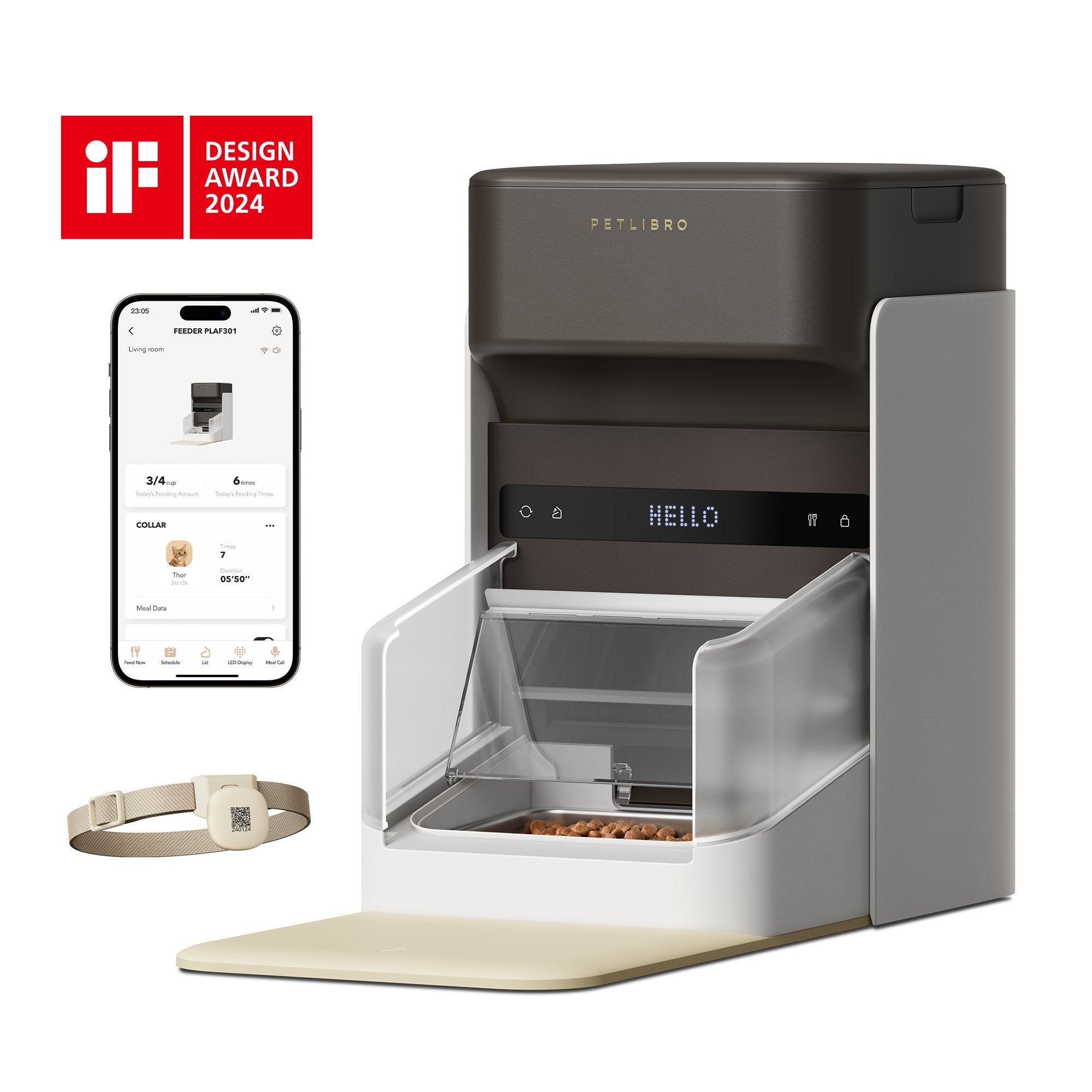
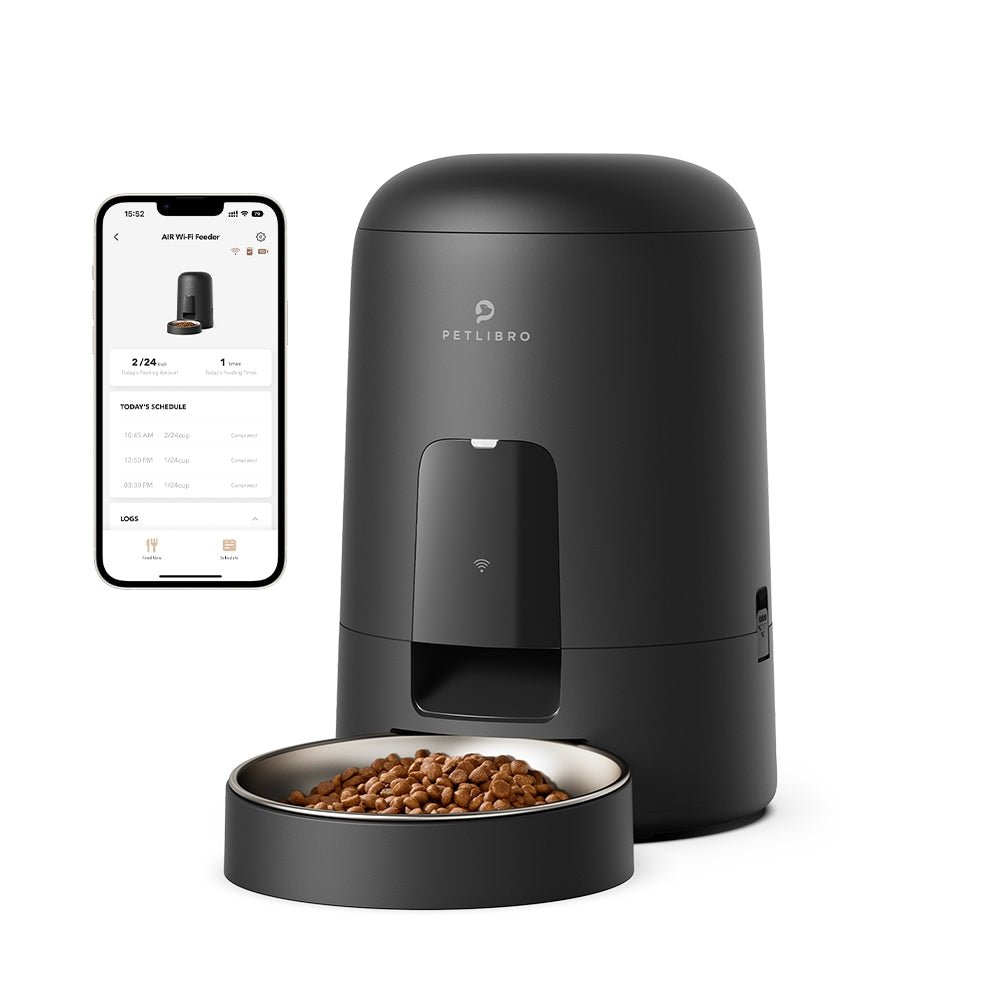


















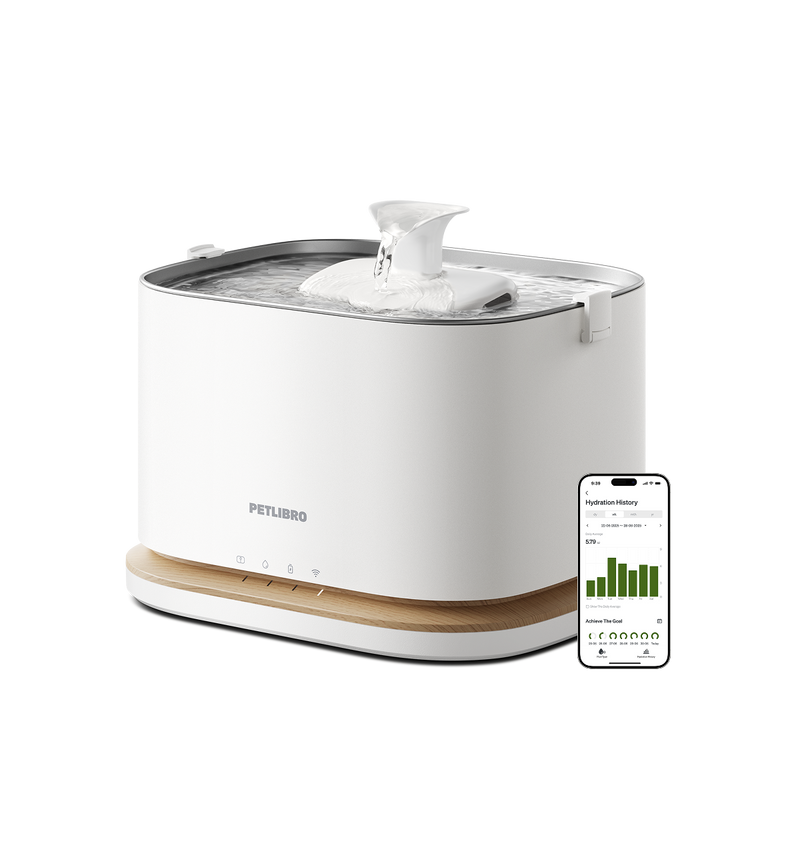
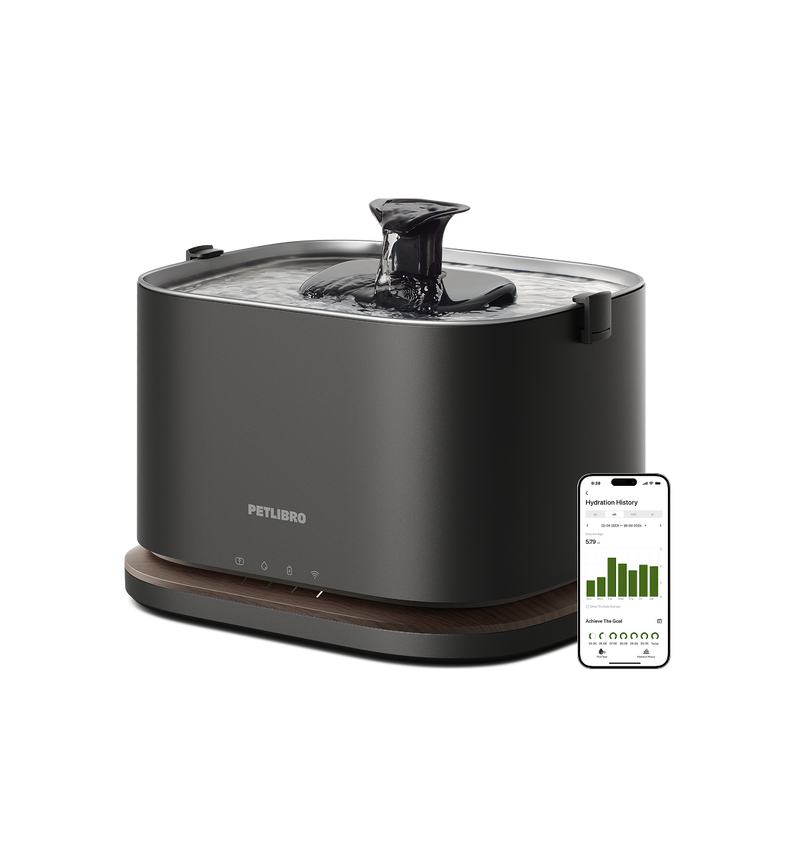
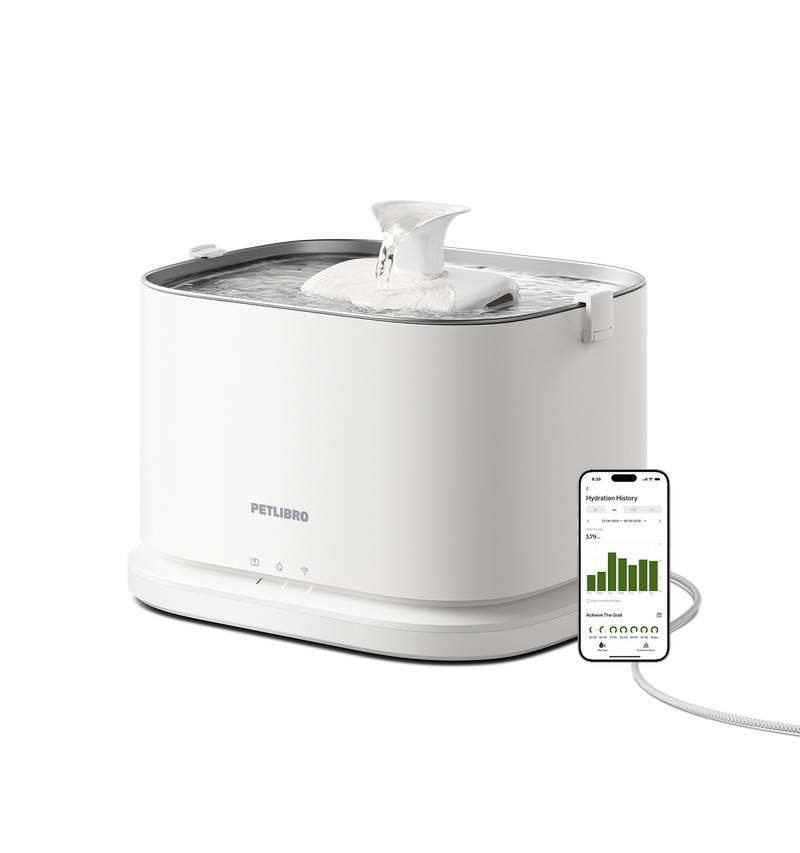
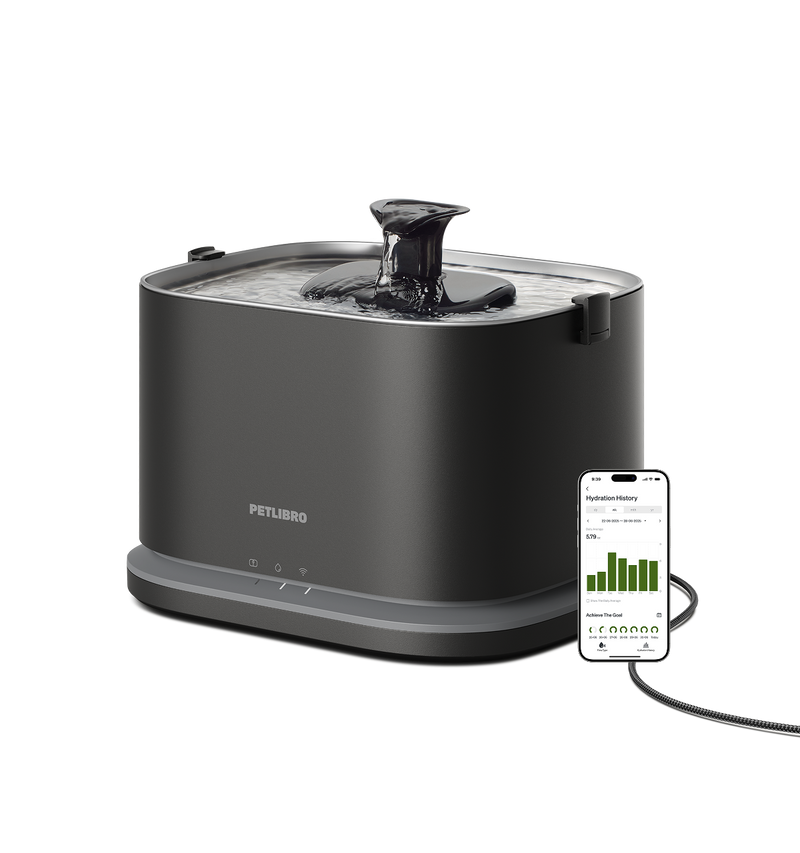










By subscribing, you agree to receive email marketing from Petlibro. Privacy Policy | Terms of Service


*Voucher is non-refundable and only one can be used per order, starting 11/13.


By subscribing, you agree to receive email marketing from Petlibro. Privacy Policy | Terms of Service


Code is valid for 72 hours and can be used for one order only. Code can’t be combined with other codes.
Discounts cannot be used toward new product launches.
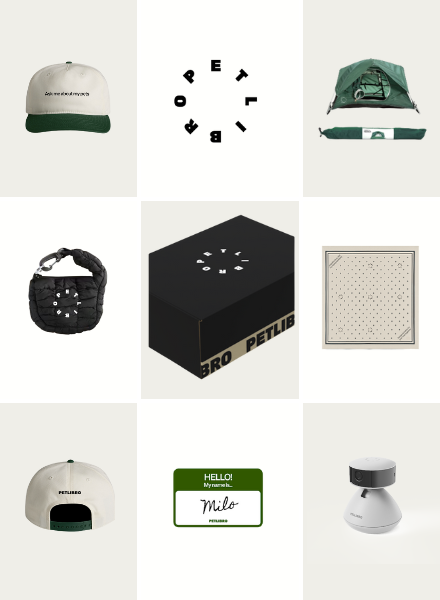
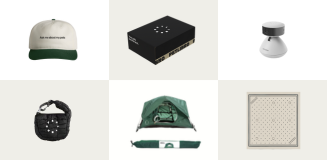
Open to legal U.S. residents, 18 years or older. Void where prohibited. Giveaway begins on 08/26/2025 and ends on 09/15/2025 at midnight PST. Three winners will each receive a limited-edition Petlibro PR Kit, which includes the Scout Smart Camera and select branded merch. Winners will be chosen at random and notified via Instagram or email (depending on entry format) by 09/30/2025. If a winner does not respond within 48 hours, another may be selected. Odds of winning depend on the total number of eligible entries received. Only one email entry per person will be counted, though additional entries may be submitted through the bonus methods described above. Petlibro is not liable for any issues that arise from participation or use of the prize. Personal information will be collected and handled in accordance with our Privacy Policy.


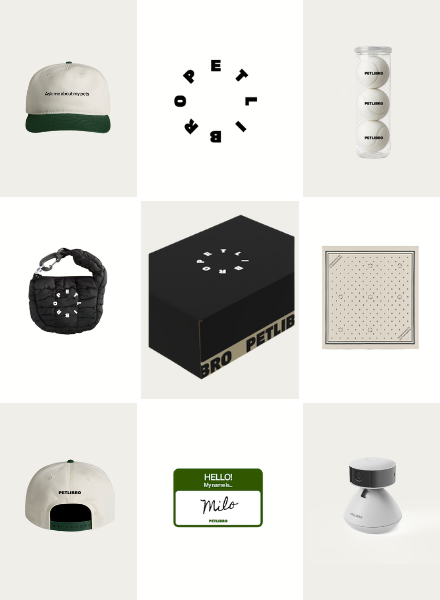
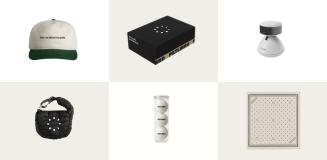
Open to legal U.S. residents, 18 years or older. Void where prohibited. Giveaway begins on 08/26/2025 and ends on 09/15/2025 at midnight PST. Three winners will each receive a limited-edition Petlibro PR Kit, which includes the Scout Smart Camera and select branded merch. Winners will be chosen at random and notified via Instagram or email (depending on entry format) by 09/30/2025. If a winner does not respond within 48 hours, another may be selected. Odds of winning depend on the total number of eligible entries received. Only one email entry per person will be counted, though additional entries may be submitted through the bonus methods described above. Petlibro is not liable for any issues that arise from participation or use of the prize. Personal information will be collected and handled in accordance with our Privacy Policy.


Cat fountains operate continuously to pump and filter water for pets, requiring electricity to run the fountain pump. For cat owners considering adding a fountain, questions may arise around how much the fountains contribute to electric bills over time. Because the fountain runs all day to circulate water, some worry the ongoing electricity use may be high. However, a typical cat fountain pump only uses about 3-15 watts of power.
To put that in perspective, a standard 60-watt light bulb uses 4-20 times more power. Based on average electricity costs, a continuously running fountain equates to just pennies per day extra in electrical fees. While leaving the fountain plugged in makes caring for pets easier, some small measures can help reduce energy use further. With some smart use and conservation, cat fountains make an inexpensive investment in feline health that generally won't noticeably impact utility bills.

Cat fountains provide fresh, circulating water that encourages cats to drink more. The sound and motion of flowing water are enticing to cats. Fountains also filter the water, keeping it cleaner for longer than standing water in a bowl. For these reasons, fountains are popular cat care products.
Cat fountains work by using an electric pump to circulate and filter the water. Some models have elaborate multi-tiered designs, while others are simple waterfalls or bubbles. But they all rely on a pump powered by electricity to run continuously.
To determine how much electricity cat fountains use, we have to look at their wattage. Most cat fountain pumps are very low wattage, in the range of 3-15 watts. For comparison, a standard 60-watt light bulb runs at 60 watts. So most cat fountains use less than a quarter of the electricity of a light bulb.

With average electricity prices around 10-20 cents per kilowatt-hour, a fountain pump running 24/7 would add only a few cents per day to electricity costs. Based on average pump wattages and electricity rates, having a fountain running would cost around $3-10 per year.
While fountains are relatively low-energy users, there are some ways to maximize their efficiency:
While leaving a fountain on 24/7 is convenient, the small amount of electricity used makes the expense minimal for most cat owners. The benefits of having fresh circulating water available likely outweigh the nominal cost of running the fountain. With a few efficiency measures, the electricity required can be even less. So cat fountains make an energy-efficient investment in your cat's health.